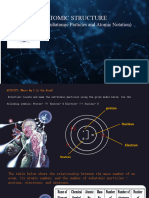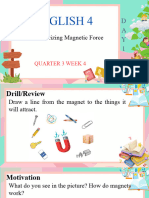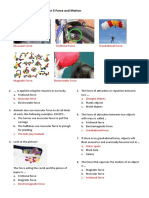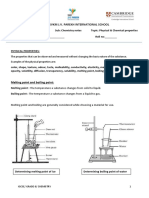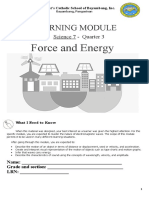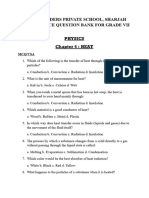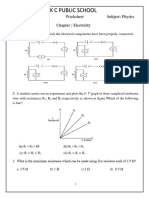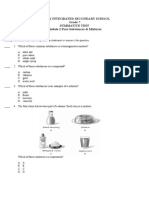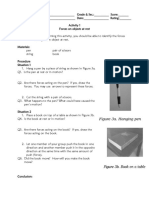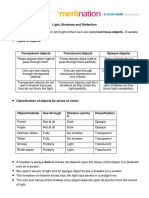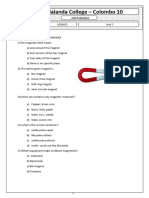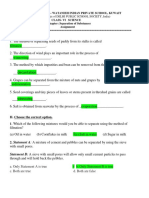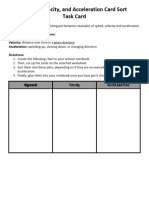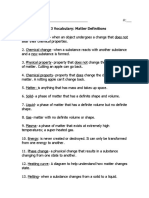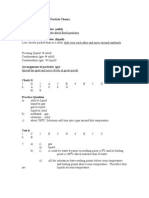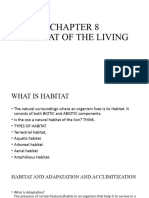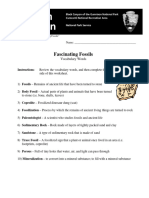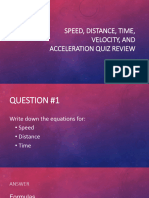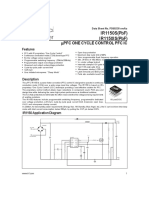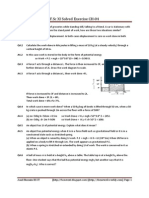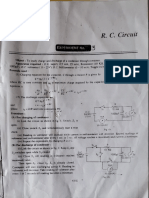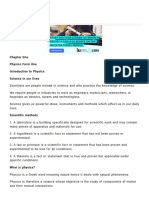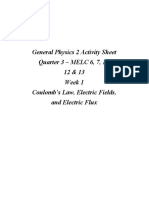0% found this document useful (0 votes)
590 views6 pagesScience Notes For Forces and Motion
Forces can be contact forces that require touching or non-contact forces like magnetism and gravity. Forces are measured in Newtons and represented by arrows. The resultant force is the total force found by adding or subtracting forces. Speed is calculated using equations involving distance and time, and friction opposes motion between surfaces in contact. Balanced and unbalanced forces determine if an object changes speed or stays the same.
Uploaded by
toe masterCopyright
© © All Rights Reserved
We take content rights seriously. If you suspect this is your content, claim it here.
Available Formats
Download as PDF, TXT or read online on Scribd
0% found this document useful (0 votes)
590 views6 pagesScience Notes For Forces and Motion
Forces can be contact forces that require touching or non-contact forces like magnetism and gravity. Forces are measured in Newtons and represented by arrows. The resultant force is the total force found by adding or subtracting forces. Speed is calculated using equations involving distance and time, and friction opposes motion between surfaces in contact. Balanced and unbalanced forces determine if an object changes speed or stays the same.
Uploaded by
toe masterCopyright
© © All Rights Reserved
We take content rights seriously. If you suspect this is your content, claim it here.
Available Formats
Download as PDF, TXT or read online on Scribd
/ 6







